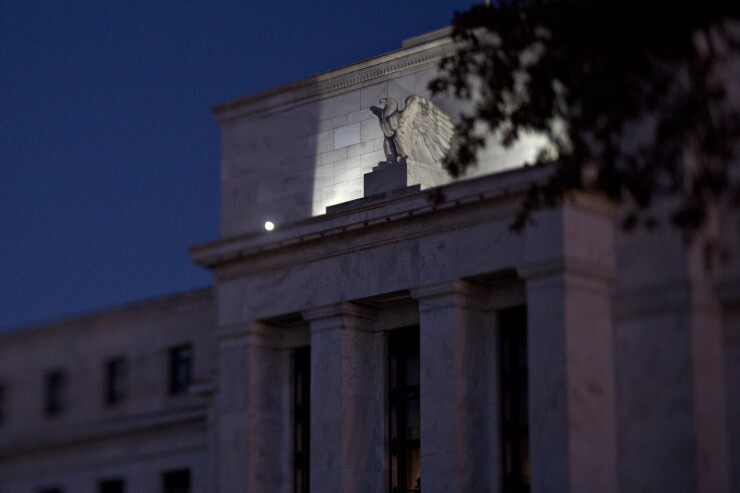State and local government bonds are headed for their strongest start to a year since 2014, propelled by an influx of cash into municipal-debt mutual funds as investors seek out tax havens and the Federal Reserve holds off on interest rate increases.
The securities have returned 1.8% in 2019, putting them on track for the best first-quarter showing in five years. That’s roughly double the gain for Treasurys, according to Bloomberg Barclays indexes.
-
It’s not just clients in high-tax states buying up muni bonds.
March 14 -
Taxpayers won’t get big federal write-off above state credit.
August 24 -
Salt Financial plans to spend as much as $50,000 to woo buyers into its new low-volatility stock fund.
March 13
The outperformance has been driven in part by a push among investors to cut their tax bills after the new limit on state and local deductions was ushered in, a trend that Bank of America analysts said they expect to continue. The Fed’s decision to step back from tightening monetary policy is also boosting fixed-income investments.

“SALT is creating elevated demand, especially on the two coasts,” said Michael Pietronico, CEO of Miller Tabak Asset Management. “The perception that the Federal Reserve is on hold has helped pull cash off the sidelines.”
Investors have added about $12.6 billion to muni bond mutual funds since early January, with about $1.6 billion sent in during the week ended March 13, the tenth straight weekly gain, according to Lipper US Fund Flows data. At the same time, the pace of new bond issuance hasn’t kept up with demand, analysts say; a factor that helped push the prices of top-rated 10-year bonds earlier this month to their highest against Treasurys since at least 2001.
“We expect demand to remain strong, supply to remain light — it’s going to be a struggle to find value,” said Pietronico, who anticipates that muni bonds will return from 3% to 4% this year. “As the year progresses, we think it will get more brutal.”





